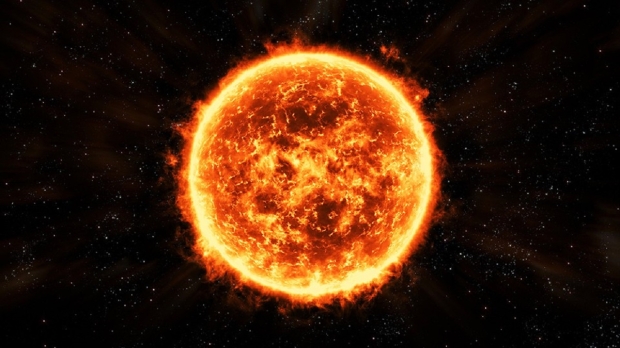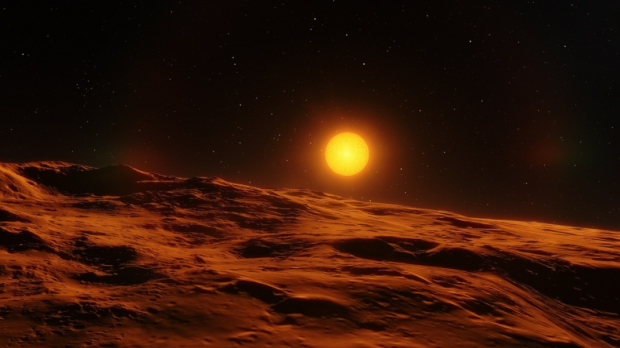A stellar system located multiple light-years away may have just given researchers a clue into what could happen with our Sun in the future.

In a new paper published in the journal Nature Astronomy, researchers investigate the phenomenon known as "coronal mass ejections" or CMEs. Using our Sun as an example, the study explains that CME are eruptions of extremely hot particles or plasma that are thrown out into space at speeds of millions of miles per hour. CMEs can be dangerous as well, as they can cause geomagnetic storms that can cause communication problems with satellites, or even knock out electricity grids.
The researchers were observing a Sun-like star called EK Draconis, which is the same type of star as our Sun, but at just 100 million years old. The researchers observed Ek Draconis eject a CME ten times bigger than the largest CME researchers have ever recorded.
"Coronal mass ejections can have a serious impact on Earth and human society. This kind of big mass ejection could, theoretically, also occur on our Sun. This observation may help us to better understand how similar events may have affected Earth and even Mars over billions of years," said the lead author of the study, Kosuke Namekata of the National Astronomical Observatory of Japan.

CMEs usually occur after a solar flare, and up until now, researchers were only able to infer that CMEs come shortly after a flare. When observing EK Draconis, the researchers were lucky and saw a superflare, and what followed 30 minutes later was a super-CME traveling around 1 million miles per hour. The team of researchers note that since our Sun is much later in its life that superflare and large CMEs aren't likely, but there is still a possibility they can occur.
"Superflares are much bigger than the flares that we see from the Sun. So we suspect that they would also produce much bigger mass ejections. But until recently, that was just conjecture," said Notsu
Additionally, Notsu and fellow researchers believe that space weather plays a large role in the shaping of planets, and an example of this would be comparing Mars to Earth. "The atmosphere of present-day Mars is very thin compared to Earth's. In the past, we think that Mars had a much thicker atmosphere. Coronal mass ejections may help us to understand what happened to the planet over billions of years," said Notsu.


